 Researchers have designed a new device that creates electricity from falling snow. The first of its kind, this device is inexpensive, small, thin and flexible like a sheet of plastic.
Researchers have designed a new device that creates electricity from falling snow. The first of its kind, this device is inexpensive, small, thin and flexible like a sheet of plastic.
Apr 15th, 2019
Read more
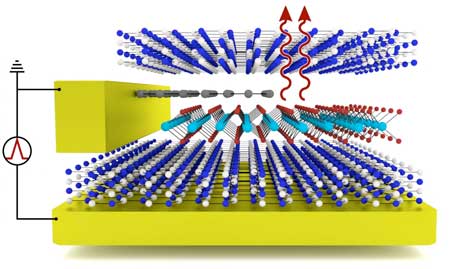 Researchers have developed a new type of light-emitting diode. Light is produced from the radiative decay of exciton complexes in layers of just a few atoms thickness.
Researchers have developed a new type of light-emitting diode. Light is produced from the radiative decay of exciton complexes in layers of just a few atoms thickness.
Apr 15th, 2019
Read more
 A new study reports on the development of a graphene-enabled detector for terahertz light that is faster and more sensitive than existing room-temperature technologies.
A new study reports on the development of a graphene-enabled detector for terahertz light that is faster and more sensitive than existing room-temperature technologies.
Apr 15th, 2019
Read more
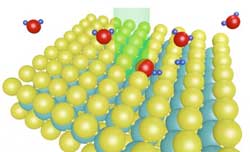 Scientists have discovered a new method to passivate defects in next generation optical materials to improve optical quality and enable the miniaturization of light emitting diodes and other optical elements.
Scientists have discovered a new method to passivate defects in next generation optical materials to improve optical quality and enable the miniaturization of light emitting diodes and other optical elements.
Apr 15th, 2019
Read more
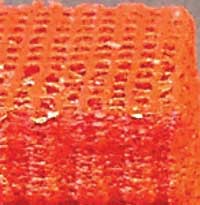 Researchers demonstrate a 3D printable hydrogel ink containing metal-organic frameworks (MOFs). The synthesis and printing processes take place at room temperature using water as a solvent.
Researchers demonstrate a 3D printable hydrogel ink containing metal-organic frameworks (MOFs). The synthesis and printing processes take place at room temperature using water as a solvent.
Apr 15th, 2019
Read more
 At the heart of a new project is the 10 m-long Stardust machine, designed to mimic conditions in the outer atmospheres of red giant stars. In a series of five ultra-high-vacuum chambers, dust grains condense and are tracked on their simulated journey from the star into interstellar space.
At the heart of a new project is the 10 m-long Stardust machine, designed to mimic conditions in the outer atmospheres of red giant stars. In a series of five ultra-high-vacuum chambers, dust grains condense and are tracked on their simulated journey from the star into interstellar space.
Apr 15th, 2019
Read more
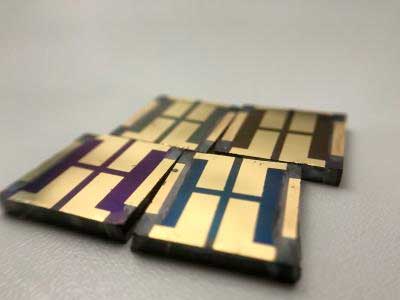 Researchers look in detail at the interfaces in perovskite solar cells to understand the differences observed in their performance.
Researchers look in detail at the interfaces in perovskite solar cells to understand the differences observed in their performance.
Apr 12th, 2019
Read more
 An international collaboration predicts that exponential progress in nanotechnology, nanomedicine, AI, and computation will lead this century to the development of a 'Human Brain/Cloud Interface', that connects neurons and synapses in the brain to vast cloud-computing networks in real time.
An international collaboration predicts that exponential progress in nanotechnology, nanomedicine, AI, and computation will lead this century to the development of a 'Human Brain/Cloud Interface', that connects neurons and synapses in the brain to vast cloud-computing networks in real time.
Apr 12th, 2019
Read more
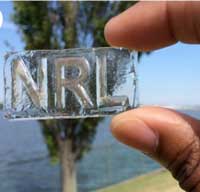 Scientists have developed and patented the fabrication of transparent, luminescent material they say could give smartphone and television screens flexible, stretchable, and shatterproof properties.
Scientists have developed and patented the fabrication of transparent, luminescent material they say could give smartphone and television screens flexible, stretchable, and shatterproof properties.
Apr 12th, 2019
Read more
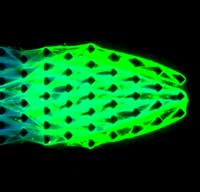 Tapping into the unique nature of DNA, engineers have created simple machines constructed of biomaterials with properties of living things.
Tapping into the unique nature of DNA, engineers have created simple machines constructed of biomaterials with properties of living things.
Apr 11th, 2019
Read more
 Patterned on a microchip and working in ambient conditions, the atoms could lead to rapid advancements in new quantum-based technology.
Patterned on a microchip and working in ambient conditions, the atoms could lead to rapid advancements in new quantum-based technology.
Apr 11th, 2019
Read more
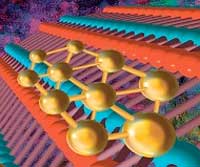 Two-dimensional (2D) semiconductors are promising for quantum computing and future electronics. Now, researchers can convert metallic gold into semiconductor and customize the material atom-by-atom on boron nitride nanotubes.
Two-dimensional (2D) semiconductors are promising for quantum computing and future electronics. Now, researchers can convert metallic gold into semiconductor and customize the material atom-by-atom on boron nitride nanotubes.
Apr 11th, 2019
Read more
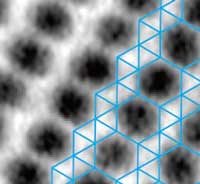 Researchers find new ways to image and characterize this unique material.
Researchers find new ways to image and characterize this unique material.
Apr 11th, 2019
Read more
 Scientists have developed a fast, simple sample preparation method that enhances imaging of DNA to better analyze its physical properties and interactions.
Scientists have developed a fast, simple sample preparation method that enhances imaging of DNA to better analyze its physical properties and interactions.
Apr 11th, 2019
Read more
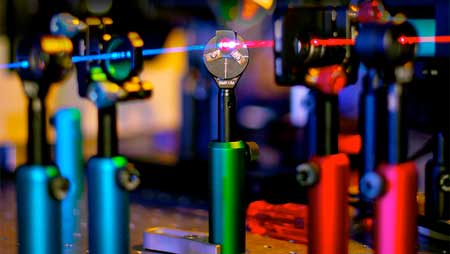 Physicists have developed a flexible way to synthesize a wide range of novel nanomaterials with potential applications in areas including optics and sensors.
Physicists have developed a flexible way to synthesize a wide range of novel nanomaterials with potential applications in areas including optics and sensors.
Apr 11th, 2019
Read more
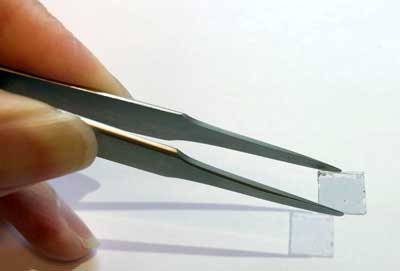 Researchers present the first hydrogen sensors ever to meet the future performance targets for use in hydrogen powered vehicles.
Researchers present the first hydrogen sensors ever to meet the future performance targets for use in hydrogen powered vehicles.
Apr 11th, 2019
Read more
 Researchers have designed a new device that creates electricity from falling snow. The first of its kind, this device is inexpensive, small, thin and flexible like a sheet of plastic.
Researchers have designed a new device that creates electricity from falling snow. The first of its kind, this device is inexpensive, small, thin and flexible like a sheet of plastic.















 Subscribe to our Nanotechnology News feed
Subscribe to our Nanotechnology News feed